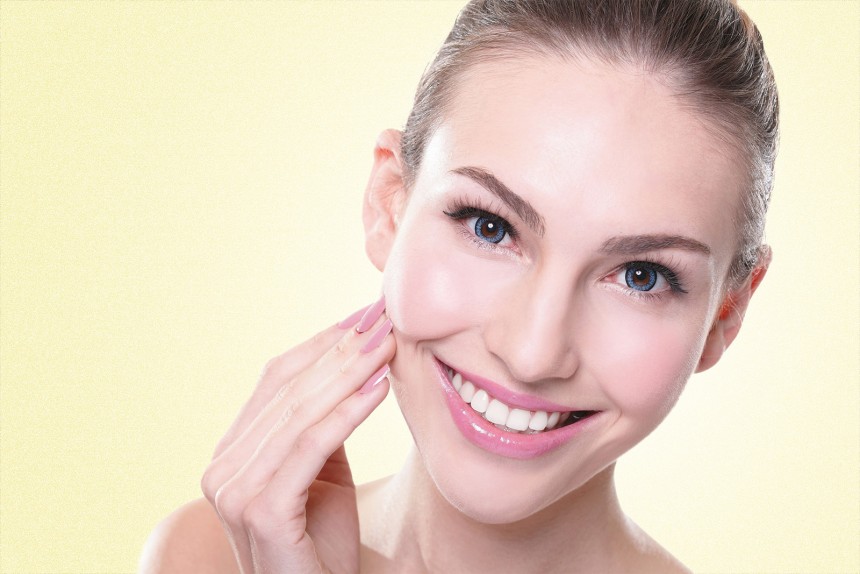Islamabad, Pakistan's capital, is a city of striking contrasts. Amidst its lush greenery and modern architecture, a deeply ingrained cultural preference for lighter skin persists, driving a relentless quest for a fairer complexion. This phenomenon is not unique to Islamabad but is particularly pronounced in its educated and affluent circles, where societal pressures and globalized beauty standards collide. The pursuit of fair skin is a multifaceted issue rooted in historical, social, and economic factors, creating a market for a vast array of skin-whitening products and treatments, often with significant health risks. In Islamabad, skin whitening is a popular but controversial practice, driven by societal standards and the widespread availability of various treatments. Many clinics offer a range of treatments for skin whitening in Islamabad, from chemical peels and laser therapy to glutathione injections and IV drips.
The historical roots of this obsession can be traced back to the subcontinent's colonial past. British rule solidified a color hierarchy where fair skin was associated with power, privilege, and beauty. This colonial hangover, combined with historical class divisions where lighter-skinned groups were often seen as higher in the social order, has left an enduring legacy. In modern Pakistan, this preference is reinforced by mass media, particularly through advertisements and television dramas that frequently feature fair-skinned actors and models, equating a lighter complexion with success, desirability, and social mobility. The media's portrayal creates a powerful feedback loop, normalizing and idealizing fair skin as the ultimate standard of beauty.

Socially, the pressure to have fair skin is immense, affecting both men and women. For women, a lighter complexion is often seen as a prerequisite for a good marriage proposal. Mothers and older female relatives may encourage daughters to use fairness creams and home remedies to enhance their "marriageability." This pressure extends to the professional realm as well, where some believe a fairer complexion can provide an edge in job interviews and social interactions. Men are not immune to this pressure either; the market for male fairness products has seen a significant boom in recent years, reflecting a broader societal shift where appearance is increasingly linked to personal and professional success.
This cultural obsession has fueled a multi-million-dollar industry. Walk into any pharmacy or supermarket in Islamabad, and you'll find shelves overflowing with skin-whitening products, from creams and lotions to soaps and serums. These products, often marketed under catchy names promising a "fairer and brighter" you in a matter of weeks, are widely accessible and affordable. However, many of these products contain harmful ingredients like mercury and hydroquinone, which can cause severe skin damage, including thinning of the skin, discoloration, and even kidney damage. The lack of regulation and consumer awareness means that many people are unknowingly exposing themselves to these dangers in their pursuit of beauty.
Beyond over-the-counter products, the quest for fair skin has also led to a rise in more invasive and expensive treatments offered by dermatologists and aesthetic clinics. Procedures like chemical peels, laser treatments, and glutathione injections have become increasingly popular. Glutathione, an antioxidant, is promoted as a skin-lightening agent, but its efficacy and long-term safety for this purpose are not scientifically proven. Yet, people are willing to pay exorbitant amounts for these treatments, believing they are a quick and effective solution. These medical procedures, while supervised by professionals, still carry risks and are often financially burdensome, highlighting the lengths to which people will go to conform to societal beauty standards.
The cultural preference for fair skin has broader psychological and social consequences. It can lead to low self-esteem and body image issues, particularly among individuals with darker complexions. They may internalize the message that their natural skin tone is inferior, leading to a constant cycle of dissatisfaction and the pursuit of an unattainable ideal. This perpetuates a form of colorism, where individuals are judged and valued based on their skin tone. It reinforces social hierarchies and can lead to discrimination.
Addressing this issue requires a multi-pronged approach. There is a need for greater media literacy to challenge the pervasive marketing of fairness products and to promote a more inclusive and diverse representation of beauty. Educational campaigns can raise awareness about the health risks associated with unregulated skin-whitening products. Most importantly, a cultural shift is needed to celebrate the natural diversity of skin tones and to decouple a person's worth from their complexion.




Comments